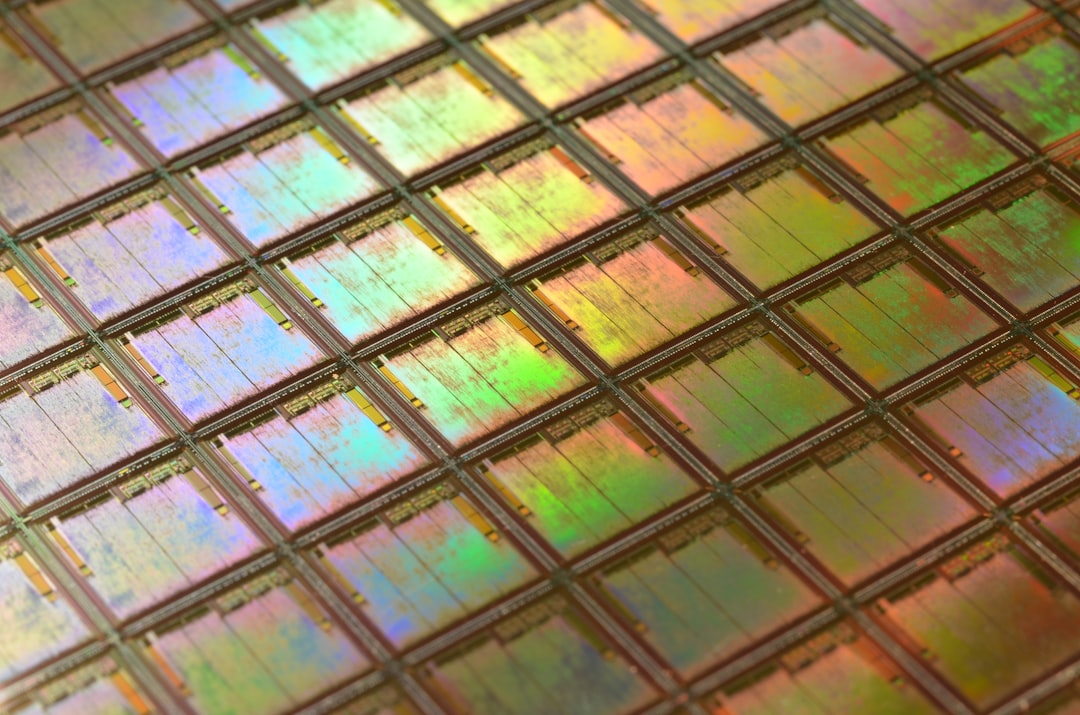What is it about?
In this paper we combined two popular materials for computer chips that use light, silicon nitride and lithium niobate. The first is a common material used in electronic chip fabrication facilities that can be used for large scale fabrication of high quality chips that use light. The second is a very useful material for more complicated optical function such as modulation (turning light on and off) and nonlinear interactions (changing the wavelength of light) that is typically not able to be fabricated in high volumes. Combining these two, we made a demonstrator of a light modulator on a chip that can send data at speeds of 70 Gigabit per second. This was done using a fairly recent method called micro-transfer printing.
Featured Image

Photo by Laura Ockel on Unsplash
Why is it important?
Modulators need to get faster and more efficient for the future of terabit per second optical transceivers for telecom and datacom. Lithium niobate is a great material for it but until now has been limited by it's fabrication difficulties. By combining the materials in the way we did using micro-transfer printing, we are paving the way towards more large scale production of these next generation of optical transceivers. Compared to other ways of combining different materials on a single chip, micro-transfer printing is more scalable and compatible with other material integration techniques such that we can make more complicated structures all on a single chip.
Perspectives
We will have to see what the next generation of transceivers will look like, and how far the integration will go, but we believe that the heterogeneous integration of many different materials on a single chip is a promising way forward to compact and efficient devices. This is one demonstration towards this goal with hopefully more to come. I hope this article can teach people about some new ways chip scale fabrication can be done.
Ir. Tom Vanackere
Universiteit Gent
Read the Original
This page is a summary of: Heterogeneous integration of a high-speed lithium niobate modulator on silicon nitride using micro-transfer printing, APL Photonics, August 2023, American Institute of Physics,
DOI: 10.1063/5.0150878.
You can read the full text:
Contributors
The following have contributed to this page










